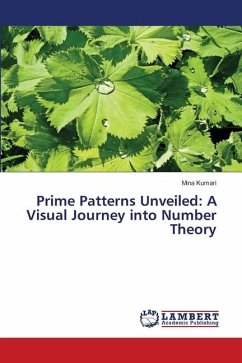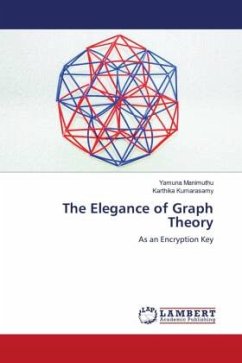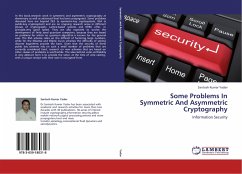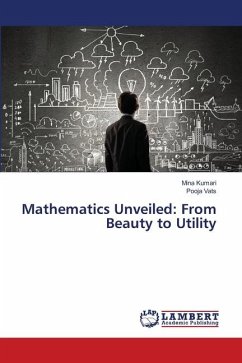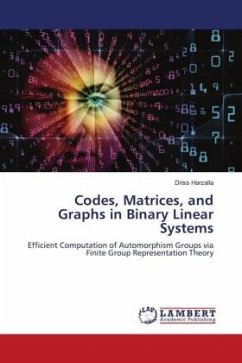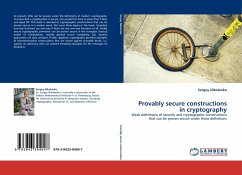
Recurrence Representations
An Exploration of Number, Representation, and Public-key Cryptography
Versandkostenfrei!
Versandfertig in 6-10 Tagen
36,99 €
inkl. MwSt.

PAYBACK Punkte
18 °P sammeln!
This is a work which explores to what extent the "base 10" and "base 2" representations can be extended to arbitrary recurrence sequences. Once this is done, the growth rate of some of the resulting sequences is examined. Finally suggestions are given (which were followed up in later work) regarding how this could be used to construct a secure lattice-based public key code. This is a reprint of a dissertation first published in 2012, which contains some important updates regarding where the Generalized Knapsack Code currently stands as a viable option to secure communication under quantum comp...
This is a work which explores to what extent the "base 10" and "base 2" representations can be extended to arbitrary recurrence sequences. Once this is done, the growth rate of some of the resulting sequences is examined. Finally suggestions are given (which were followed up in later work) regarding how this could be used to construct a secure lattice-based public key code. This is a reprint of a dissertation first published in 2012, which contains some important updates regarding where the Generalized Knapsack Code currently stands as a viable option to secure communication under quantum computing, but the author believes the work to be of aesthetic interest to a pure mathematician as well.




